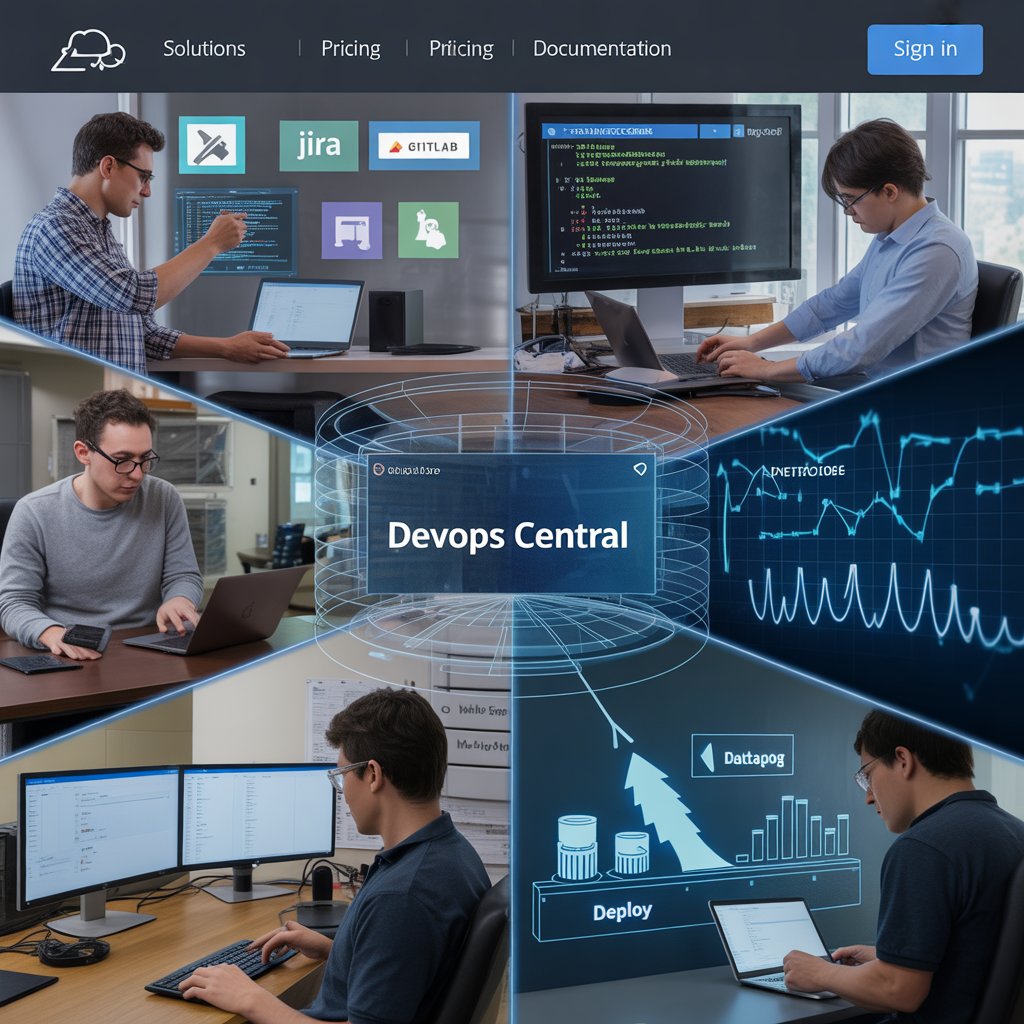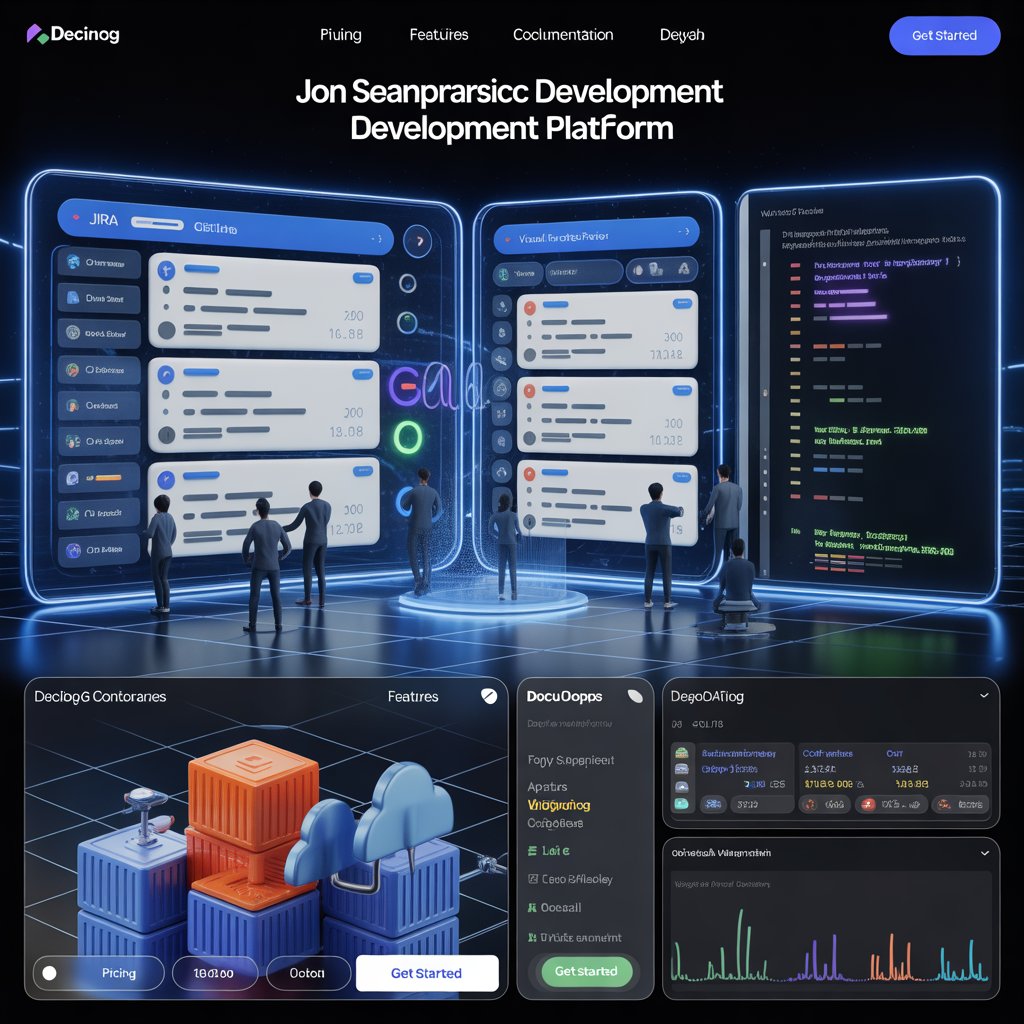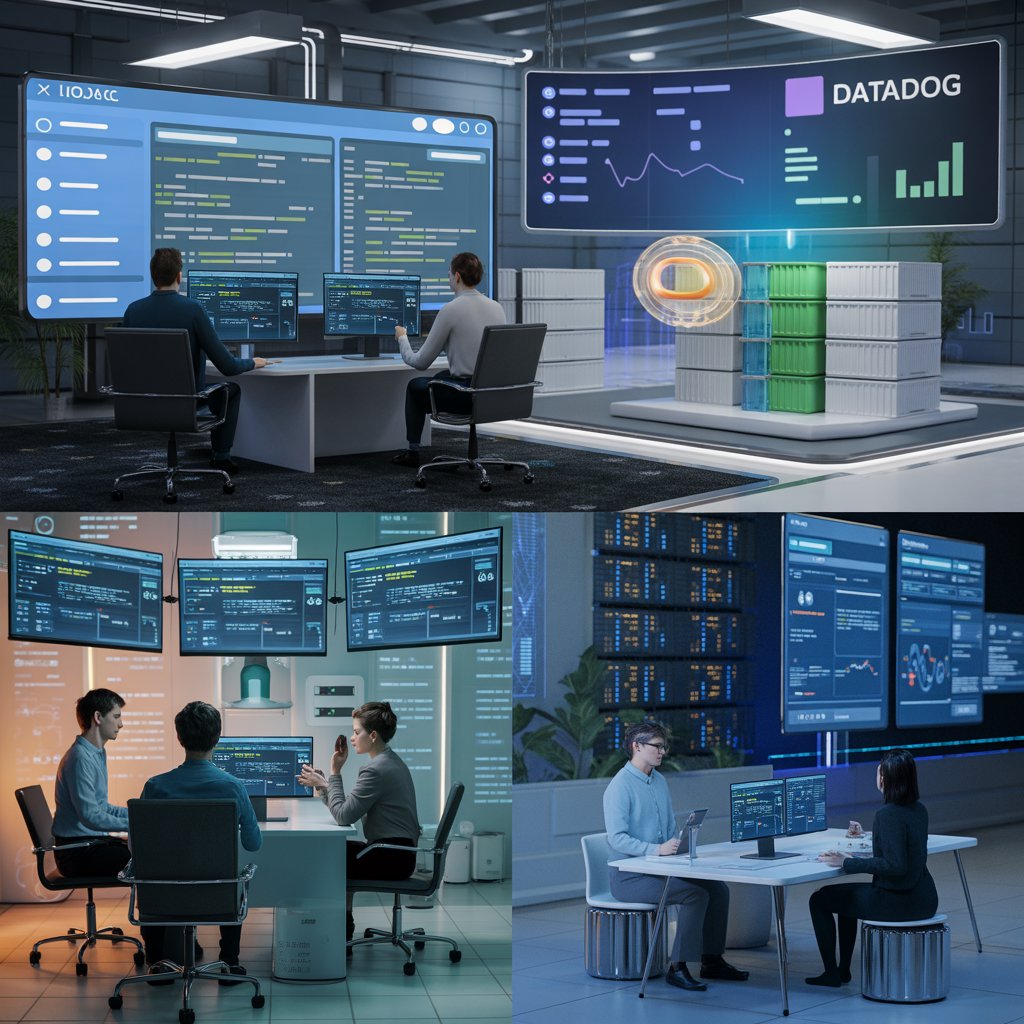The software landscape is growing faster than ever, and in 2025, success hinges on more than just writing code. It’s about integrating the right software development life cycle tools to drive agility, collaboration, and precision throughout your project. We understand how critical the right tools are in delivering modern, efficient, and scalable software solutions.
Why the Right Tools Make All the Difference
Gone are the days when a simple task board and sticky notes could manage a full-stack project. With Agile and DevOps becoming the industry norm, using SDLC tools is not a choice; it’s a necessity.
- Enhanced team collaboration
- Streamlined workflows
- Real-time monitoring and reporting
This foundation sets the tone for choosing tools that complement every stage of the development life cycle stages.
So, what comes next? A look at the big hitters making waves in 2025.

Top Tools Leading the Charge in 2025
You want scalability, speed, and seamless integration. Here are the tools for software development life cycle that are dominating this year:
1. Jira by Atlassian
Jira remains a go-to platform for Agile project management. It helps development teams plan, track, and release high-quality software with confidence.
- Scrum and Kanban boards
- Roadmaps for planning
- Seamless DevOps integrations
The key to Jira’s success? It integrates with nearly every other software development life cycle tool, making it the backbone of many DevOps pipelines.
Speaking of integration, let’s shift our focus to tools that automate the heavy lifting.
- GitLab
GitLab offers a single application for the entire DevOps lifecycle. From planning to monitoring, it centralizes processes.
- Integrated CI/CD pipelines
- Issue tracking and version control
- Security and compliance features
This is especially powerful for teams looking to master tools used in software development life cycle without juggling multiple platforms.
What about coding and testing? Let’s talk efficiency there.
- Visual Studio Code
VS Code is the preferred editor for developers worldwide, and its 2025 upgrades have only solidified its status.
- Built-in debugging
- Extensive plugin support
- IntelliSense for smart code completion
Used in combination with other software development life cycle management tools, VS Code keeps developers focused and productive.
Now that we’ve covered planning and coding, it’s time to look at integration and testing tools.
4. Selenium
Test automation is critical, and Selenium continues to be a top contender for web application testing.
- Cross-browser compatibility
- Support for multiple languages
- Strong community and documentation
Selenium streamlines one of the most vital system development life cycle phases: testing.
But what happens after testing? Let’s push forward to deployment.
- Docker
Docker revolutionizes deployment by enabling containerized applications. It’s a must-have for teams working in cloud environments.
- Consistent development to production workflow
- Rapid deployment and scaling
- Supports microservices architecture
When paired with software development life cycle tools, Docker creates a frictionless environment from development to delivery.
Now, what keeps everything under control? Monitoring and feedback tools.
6. Datadog
Datadog offers full-stack observability, helping teams ensure optimal performance.
Application performance monitoring (APM)
Log management
Real-time dashboards
This is vital for teams practicing continuous delivery and agile cycles.
With these major tools covered, let’s now consider the key features to evaluate when choosing your stack.

What Features Should You Prioritize?
Before diving head-first into purchases or subscriptions, evaluate these key traits:
Integration capabilities
Scalability
Ease of use
Security and compliance
These considerations help you narrow down your selection of SDLC tools based on your team’s unique needs.
Now that you know what to look for, how do you ensure successful implementation?
Best Practices for Implementation in Agile & DevOps
You don’t just need the right tools; you need the right approach.
Start with a pilot team
Create documentation for new workflows
Train your teams consistently
Following these strategies transforms software development life cycle tools into productivity powerhouses.
Let’s build on this foundation by aligning these tools with the methodologies shaping modern development.

Agile & DevOps: Different Paths, One Destination
Agile emphasizes flexibility and iterations, while DevOps focuses on automation and delivery. Fortunately, many tools serve both philosophies.
Jira and GitLab work beautifully in Agile sprints
Docker and Datadog streamline DevOps pipelines
Adopting agile software development life cycle tools gives teams the adaptability they crave.
Now, let’s explore how these tools are performing in real-world scenarios.
Case Study Highlights: Real-World Results
Across industries, companies using these tools are seeing dramatic improvements:
A fintech startup using GitLab and Docker reduced deployment errors by 60%
An e-commerce platform implemented Selenium and Jira, resulting in a 25% faster release cycle
A healthcare provider adopted VS Code and Datadog to enhance security and uptime compliance
These are not isolated wins; they reflect a shift in how software development is evolving.
With success stories backing your tool decisions, it’s worth hearing what thought leaders are forecasting.
What Industry Leaders Are Saying in 2025
Executives and developers alike are praising the growing integration of AI and automation in software development life cycle tools.
“Tooling has evolved from support systems to strategic assets.” – CTO, Global SaaS Firm
“The right tools reduced our delivery time by 35%.” – DevOps Manager, E-commerce Giant
Clearly, these platforms are more than just conveniences; they’re competitive advantages.
As tech momentum builds, let’s turn to what’s just beyond the horizon.
Emerging Trends to Watch
2025 is witnessing a rise in AI-driven automation, no-code platforms, and collaborative intelligence.
AI-powered bug detection
Predictive analytics for project timelines
Unified platforms replacing tool silos
These trends are reshaping software development life cycle tools into smarter, more intuitive ecosystems.
And as trends evolve, so must your strategies for tool selection.
Strategic Insight: Choosing Wisely
We encourage businesses to align tools not only with current goals but also with future scalability. Here’s our approach:
Conduct regular audits of your tech stack
Monitor ROI on each platform
Foster a culture of continuous improvement
Whether you’re in the growth phase or a mature enterprise, aligning with the right software development life cycle solution is critical.
Let’s wrap up with why now is the best time to act.
In 2025, the tools you choose will determine your project’s speed, quality, and success. The right software development life cycle tools empower you to adapt, scale, and innovate.
When integrated correctly, they can cut costs, improve team morale, and accelerate delivery like never before.
So, whether you’re refining your DevOps strategy or just starting your Agile journey, the toolkit above is your blueprint to victory.
